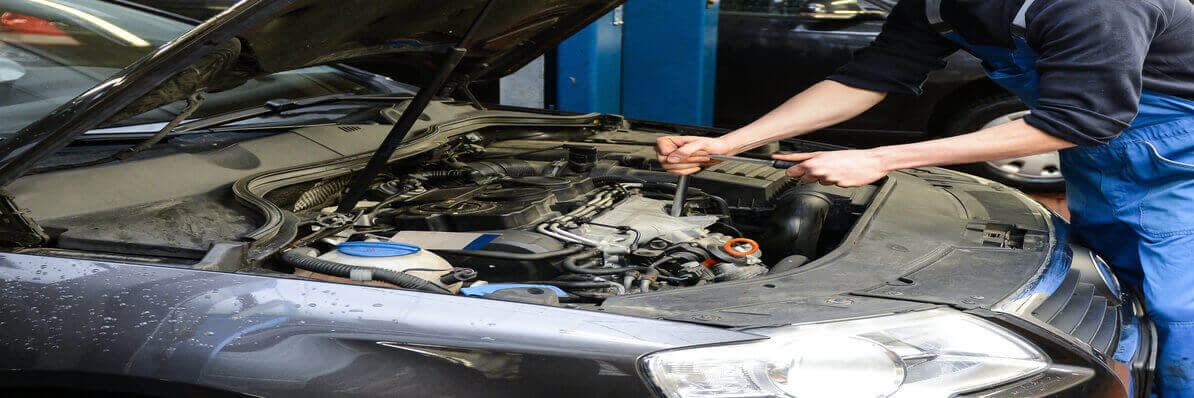Top 10 vehicle checks for your fleet
Every time you or your drivers get ready to travel, they should conduct a vehicle check to make sure everything on their HGV is working well. Here are some of the checks that could be easily missed or are the most important.
1. Lights
The larger your vehicle, the more lamps it may have. Make sure they all work, are securely mounted and are the right colour or properly hooded. You also need to check your headlamp beams for beam direction and whether the light bleeds into the “dazzle zone”.
2. Tyres
The minimum tyre tread your HGV should have is 1mm in a continuous band throughout the central three-quarters of the tread width and over the whole circumference of the tyre. The best way to measure tread is with a tread depth gauge. Even if your tyres do not get to the minimum tread tread, you still need to change your tyres every 6-10 years – which you need to take note of if you swap between white/summer tyres.
3. Wheel fixings
Imperative to avoid wheel detachment, wheel fixings need to be oiled slightly when refitting wheels and then tightened to the washer interface. This should not be done by power tools or long bars, and make sure you are adhering to the manufacturers’ recommended torques or procedures. You need to check and retighten wheel fittings after 30 minutes if the vehicle is stationary or within 40-80km is the vehicle is being driven.
4. Bodywork security
Check all fastenings, devices and doors are present, secure and in working order. Make sure no panels on trailers or tractor parts are loose and could fall off, as well as checking landing legs are secure.
5. Trailer coupling
Make sure the trailer is correctly in the fifth wheel and the security bar is in the correct position for use. You can test this by driving forwards on a low gear with the trailer breaks still applied.
6. Braking
Always check that the service brake operates both the tractor and trailer brakes and that the parking brake for the tractor is operational. You can do this by listening for air releasing from the tractor and trailer or by asking a colleague to watch the trailer brakes operating as you press the pedal. Furthermore, make sure that the service brake doesn’t have excessive side play or missing, loose or incomplete anti-slip provision.
7. Brake Lines
Just as important as checking the brakes, you need to check the brake lines. Make sure that the couplings are free from debris and located properly, there are no leaks from the lines themselves and there is no bulging, kinking, corrosion, stretching, chafing or general damage and wear to any brake line. An easy way to check is to keep the engine running until pressure has built up after the initial brake test. This will make it easier to hear the leaks as you continue your walk around checks.
8. Steering
Make sure the steering does not have excessive play and, when checking for leaks underneath the vehicle, check the major steering components to ensure they are present and undamaged.
9. Markers and Numberplate
Check that the numberplate of the trailer and the tractor are the same, and that they are clean. Similarly, make sure that the markers on the trailer are present (if required), not obscured by dirt or other objects, securely fastened, the correct type and clearly visible.
10. Mirrors and glass
Check that all mirrors are there and that they are aligned and secure. Then check that your view of the road (especially in the driver’s side swept area) is not obscured by damaged or discoloured glass or obstructions (like stickers). Make sure that the side windows are also not damaged or discoloured, causing obstruction to the mirror.
Download a free Sample Daily Vehicle Checklist.
